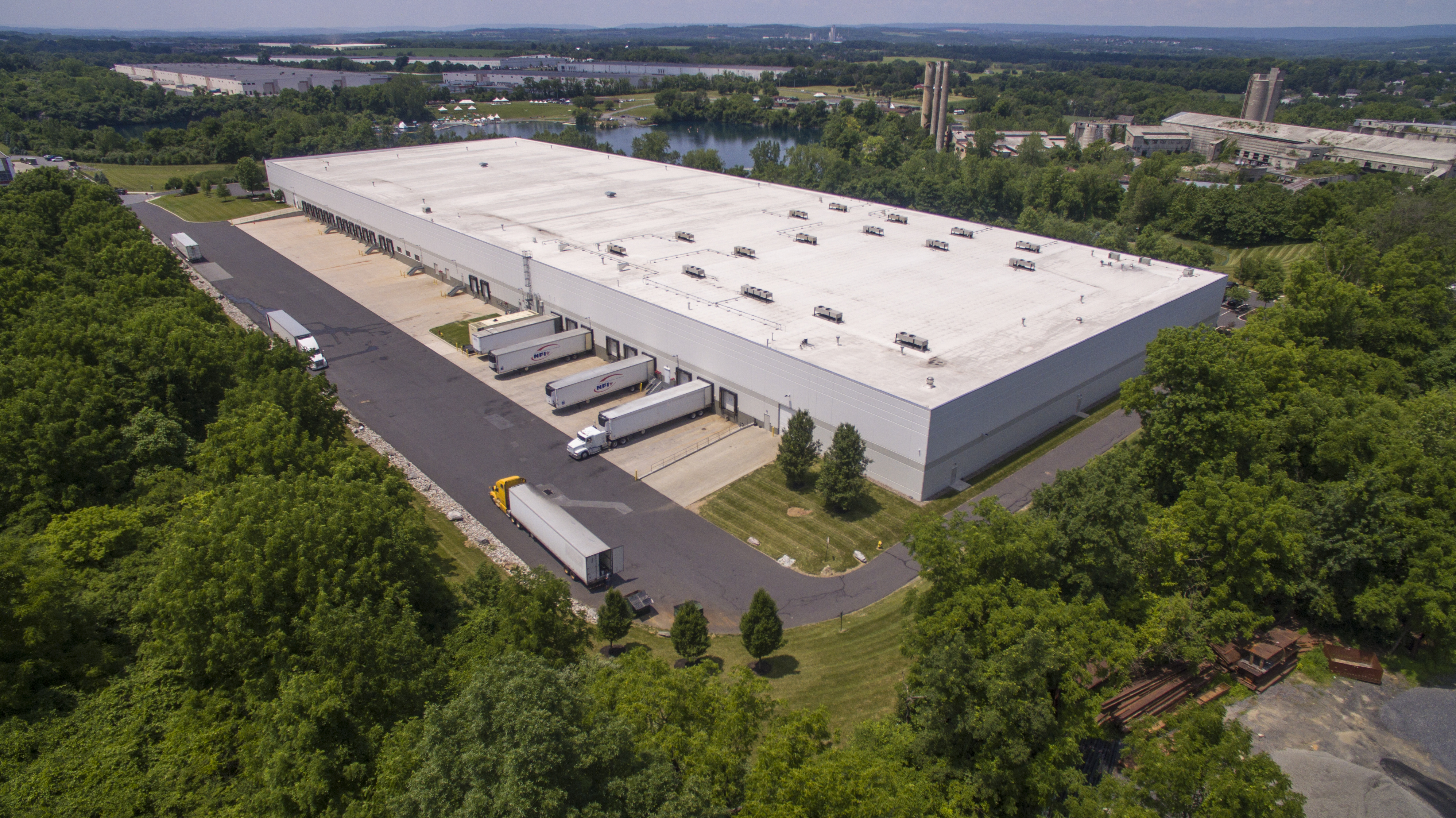In the complex world of international commerce, tariffs often play a central role in shaping economic policy, influencing global supply chains, and affecting the prices consumers pay for everyday goods. Yet, while much attention is given to discussions about trade barriers and tariffs imposed on imports, there exists a little-known mechanism within the United States that allows businesses to bypass certain duties altogether: Foreign-Trade Zones (FTZs).
These zones, scattered across the country, provide companies with temporary tariff relief under specific conditions, offering flexibility that can significantly impact business operations, costs, and competitiveness. Though largely invisible to the average consumer, FTZs represent a crucial, if understated, component of the American economic landscape.
The United States now features over 250 operational Foreign-Trade Zones and more than 500 subzones, which are strategically positioned close to ports, industrial centers, and key transportation paths. Initiated under the Foreign-Trade Zones Act of 1934, this initiative aims to boost domestic manufacturing, increase exports, and generate employment by easing tariff obligations on imported merchandise that is processed or assembled within the U.S.
The fundamental idea of these zones is simple: products that enter an FTZ do not incur U.S. Customs duties unless they exit the zone and move into the national market. This allows businesses within an FTZ to store, assemble, produce, or re-ship goods without facing immediate tariff expenses. Should the products be exported to other countries in the end, they might bypass U.S. tariffs altogether.
This system creates powerful incentives for companies to base manufacturing and distribution operations within these zones. For example, an automobile manufacturer that imports components from abroad may bring parts into an FTZ, assemble vehicles, and then choose whether to sell them in the U.S. market or ship them overseas. If exported, the finished products avoid U.S. tariffs altogether. Even if sold domestically, the manufacturer may benefit by paying duties on the lower-value components rather than the higher-value finished product.
In an era where global supply chains are more interconnected than ever, FTZs offer U.S. businesses valuable tools to remain competitive, especially when international competition and shifting trade policies introduce volatility into global markets. For some industries, such as electronics, automotive, pharmaceuticals, and aerospace, participation in FTZ programs can result in millions of dollars in savings annually.
Moreover, FTZs can help businesses navigate temporary changes in trade policy, including the imposition of tariffs on specific goods or countries. During periods of escalating trade tensions, companies operating within these zones often have greater flexibility to adjust their supply chain strategies without immediate financial penalties.
The benefits of FTZs extend beyond tariff relief. These zones also streamline customs procedures, reduce paperwork, and provide logistical advantages that can accelerate delivery times and improve inventory management. In some cases, companies can defer payment of duties until goods are shipped out of the zone, improving cash flow and operational efficiency.
For local economies, having an FTZ can stimulate development. Regional governments and agencies focused on economic progress frequently support setting up FTZs to draw in investment, generate employment, and improve industrial facilities. Ports especially see an uptick in operations as companies utilize FTZs for warehousing and logistics.
Although they do have benefits, Foreign-Trade Zones can be controversial and face criticism. Some detractors claim that FTZs provide advantages mainly to large multinational companies and offer little help to small and medium-sized businesses. There are also concerns about possible regulatory gaps or unforeseen economic outcomes, such as a decreased need for domestic materials or production.
There is also ongoing debate about the environmental and labor implications of FTZs. Because goods processed in these zones may be intended for export rather than domestic consumption, there are questions about whether such operations fully align with U.S. labor standards and environmental protections. While FTZs are subject to U.S. laws, enforcement and oversight can vary, particularly in regions where economic pressures create strong incentives for rapid industrial development.
Nonetheless, for many U.S. businesses, FTZs remain an essential strategic tool in a highly competitive global economy. The growing importance of e-commerce, advanced manufacturing, and technology-driven industries has only increased interest in utilizing these zones. For example, major logistics companies and distribution centers, particularly those handling high-value electronics or medical devices, frequently leverage FTZs to manage inventory and optimize tax exposure.
The importance of FTZs was highlighted even further during the interruptions induced by the COVID-19 pandemic. Challenges in supply chains, variable demand, and changing international trade patterns emphasized the necessity of being adaptable in operations. Numerous businesses that had not earlier recognized the advantages of FTZs started considering them as a component of their strategies for enhancing resilience.
The landscape of tariff policy in the United States continues to evolve, influenced by political shifts, economic priorities, and international agreements. The recent focus on reshoring manufacturing, reducing reliance on certain foreign suppliers, and strengthening national supply chains has renewed attention to trade policy tools that can facilitate these goals. FTZs, by allowing businesses to mitigate tariff exposure while maintaining domestic operations, align with broader efforts to bolster U.S. industrial competitiveness.
For investors, understanding the role of FTZs can offer insights into the strategic decisions made by major corporations, particularly those in trade-sensitive industries. Companies that effectively leverage FTZs may have a competitive edge in managing costs, optimizing supply chains, and adapting to regulatory changes. Conversely, firms that fail to take advantage of such mechanisms may find themselves at a disadvantage in rapidly changing markets.
Although the majority of consumers are not familiar with the concept of FTZs, they might indirectly enjoy the advantages these zones provide. Reduced manufacturing expenses can lead to more attractive pricing for products, and heightened industrial activity can stimulate job opportunities and boost economic growth in the region.
Looking ahead, the expansion and modernization of the FTZ program may become an important area of focus for policymakers aiming to ensure that American businesses remain agile and competitive in a complex global marketplace. This could include efforts to make FTZs more accessible to smaller businesses, enhance regulatory transparency, and align operations with sustainability goals.
As trade debates continue on the national stage, with discussions ranging from tariffs on specific industries to broader trade agreements, the quiet yet powerful role of Foreign-Trade Zones remains a key element of the economic conversation. These zones offer a reminder that, even within the framework of protectionist or interventionist trade policies, there exist mechanisms designed to balance competing interests—supporting domestic industries while fostering global commerce.
For the multitude of businesses that depend on these areas every day, the potential to momentarily avoid tariffs is not just a bureaucratic formality—it plays a crucial role in their strategies for survival and expansion. Furthermore, as global trade encounters new obstacles and uncertainties, the existence of numerous temporary tariff-exempt zones throughout the United States may keep influencing the future of American commerce in ways both apparent and hidden.




